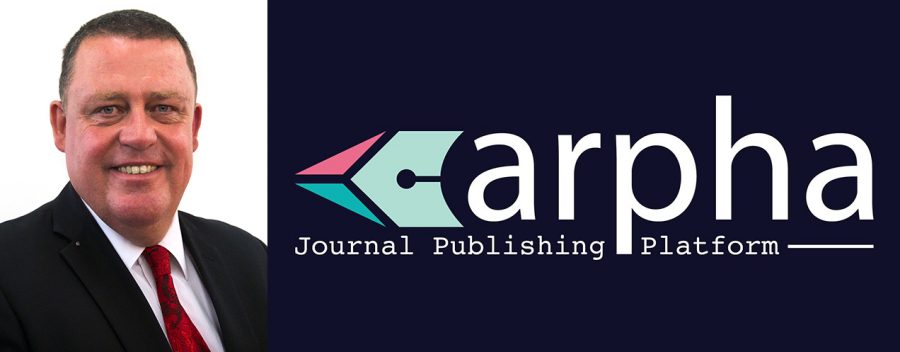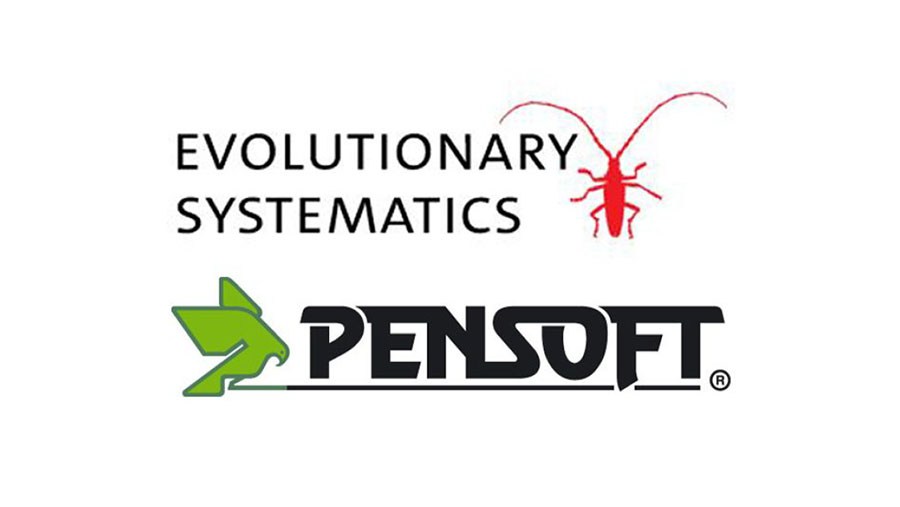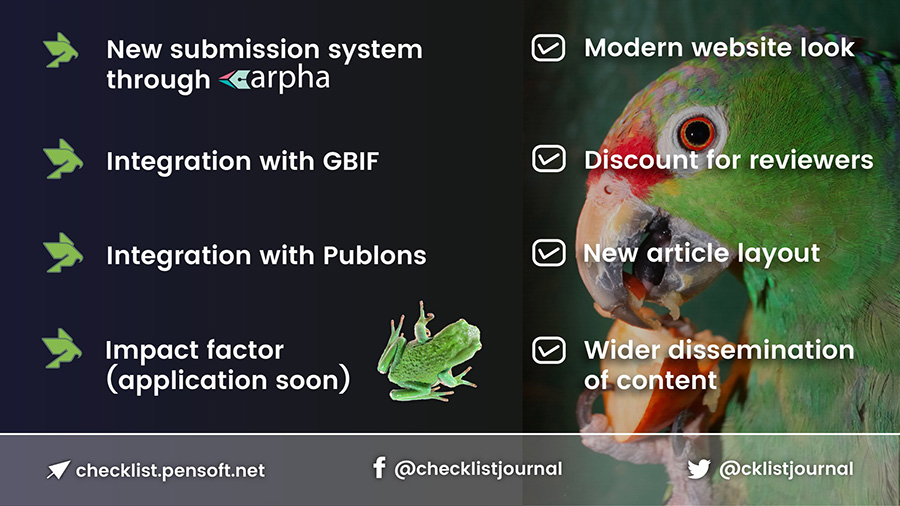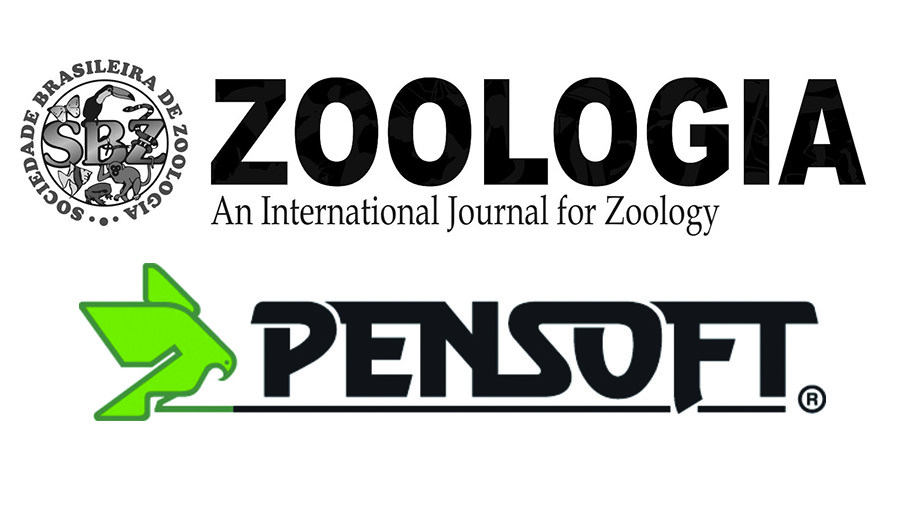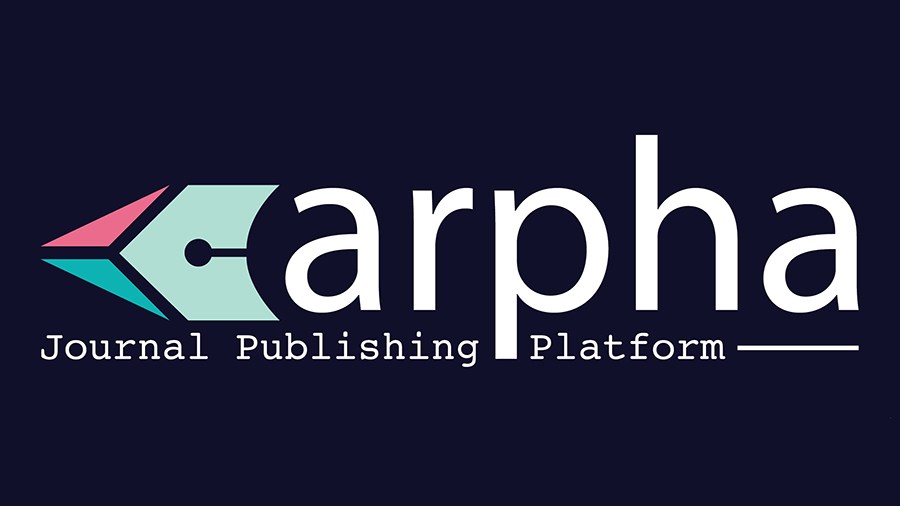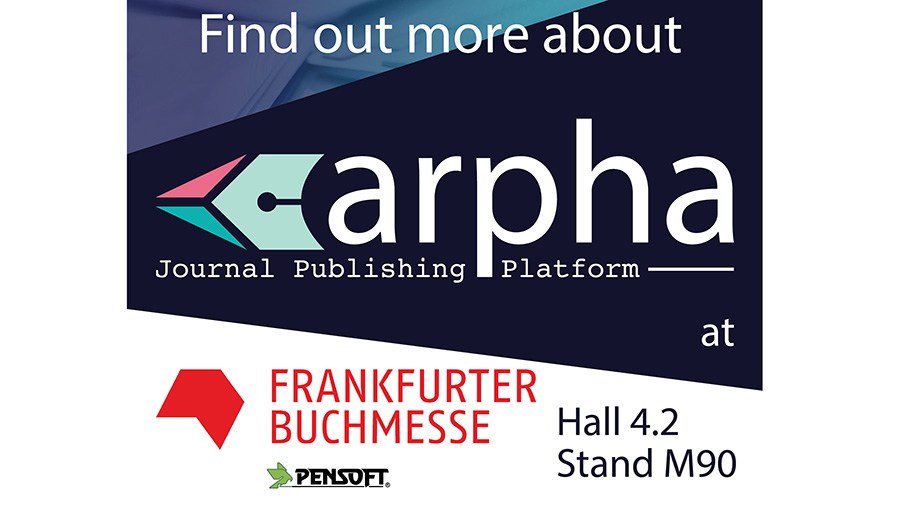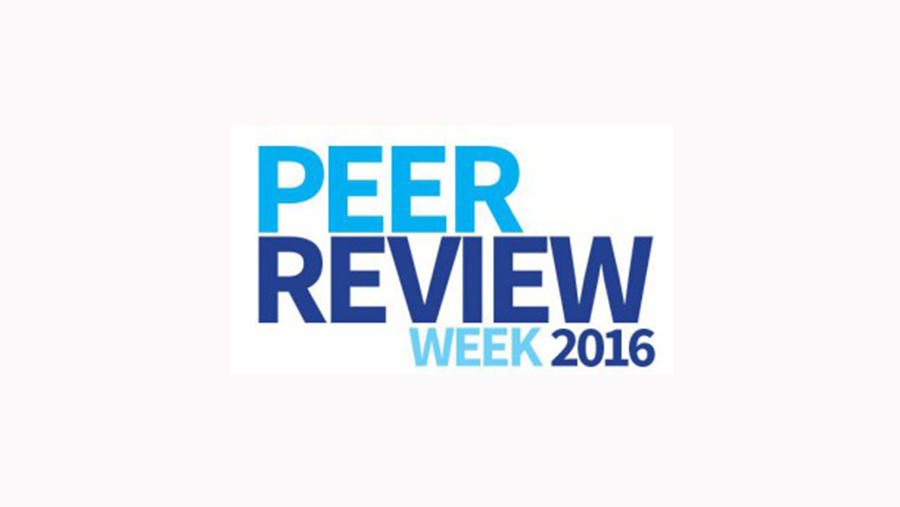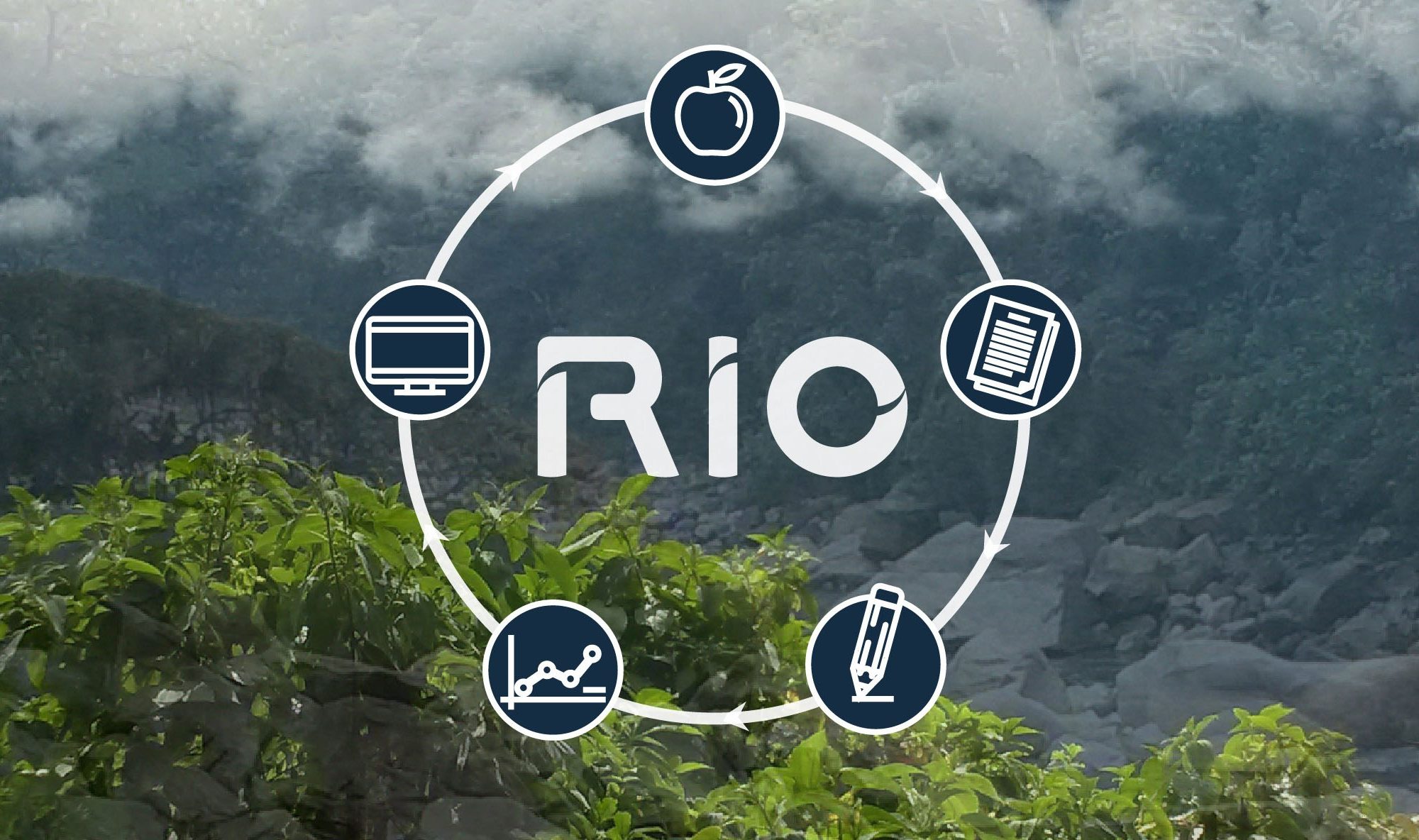The Netherlands-based independent publishing consultant Dr. Matthias Wahls has recently joined ARPHA Journal Publishing Platform as the venture’s new Business Development Manager.
Bringing in extensive expertise from his previous appointments with key players in the academic publishing market, alongside experience accumulated through years of independent consultancy, Dr Wahls will be working on expanding ARPHA’s reach towards Western Europe, Greater China, and other Asian countries.
“I’m more than enthusiastic to join the team of ARPHA Publishing Platform and Pensoft Publishers, effective 2018,” says Dr. Matthias Wahls, the Hague, NL. “Bringing this cutting-edge software platform to as many academic publishers will be my key priority. Our focus is to supply an end-to-end solution answering the needs of individual society journals and small to mid-sized publishers alike on their way to entering the Open Science publishing era and switching to the technologically advanced workflows of the future. We equally welcome stand-alone and new journals eager to become ready for the future of Gold Open Access publishing, within the greater context of the EU’s Horizon-2020 program.”
“Making academic research accessible to everyone around the globe has been a key priority for Pensoft from the very start. Having always been exclusively Open Access, in the last couple of years we’ve been aiming to go beyond and supply cutting-edge technologies that tick all boxes on the way to Open Science. With ARPHA we want to provide small publishers and society and institutional journals with a technologically advanced and affordable solution that allows them to enter the era of Open Science, while sitting strong on an increasingly demanding global publishing market.” adds Prof. Lyubomir Penev, Founder and CEO at Pensoft and ARPHA.
Dr Wahls invites editors, publishers, and individual academics who are facing the multiple transition hurdles on their way to adopt Gold Open Access, to take their journals to a next technological level with ARPHA, while staying independent under their own identity.
# # #
What is ARPHA?
Authoring, Reviewing, Publishing, Hosting and Archiving, all in one place for the first time, this is what stands behind the innovative fully integrated journal publishing solution ARPHA, a product of Pensoft.
Fully equipped to cater for a successful transition to a next-generation, technologically-advanced publishing, ARPHA is specifically designed to meet the needs of small and mid-sized publishers and individual society and institutional journals on their journey to entering the era of Open Science, armed with a top-notch publishing technology. Alongside its journal-based module, ARPHA offers solutions for advanced open access book and conference proceedings publishing.
More than just software
ARPHA offers an end-to-end journal publishing platform, in combination with a range of technologically advanced and human-provided services.
Future-proof
This platform offers an option for smooth transition from the conventional, document-based, to the forthcoming, fully XML-based publishing workflow.
White label
ARPHA supports both individual and multiple journal platforms under their own logo, customised design and imprint.
High-level integration
ARPHA is integrated with leading indexing and archiving platforms via web services.
Semantic publishing
ARPHA provides generic and domain-specific markup to enhance and facilitate dissemination, machine-readability, harvesting and reuse of published content to improve readers’ experience.
Tailored publishing models
Publishers or individual journal editors can customise their own preferred workflow across ARPHA’s modules.
Contact Dr Wahls at:
 Address: M.Wahls Publishing Services, Plesmanlaan 88, 2497CB The Hague, The Netherlands
Address: M.Wahls Publishing Services, Plesmanlaan 88, 2497CB The Hague, The Netherlands
Tel: +31 644310818
Email: wahls@arphahub.com
WeChat: matthiaswahls1206
For more information and resources:
Visit: http://arphahub.com
Twitter: @ARPHAplatform
Video: https://youtu.be/pzTRc-zvfA8

